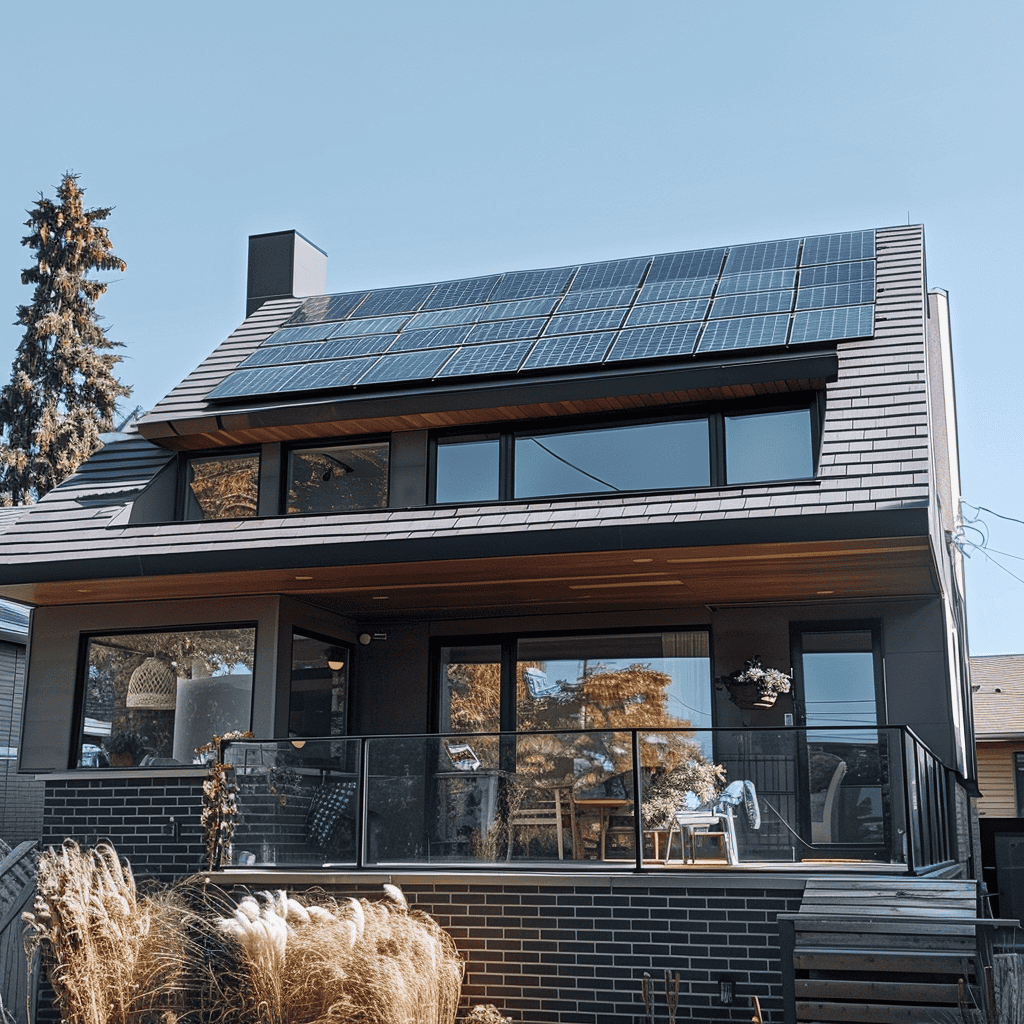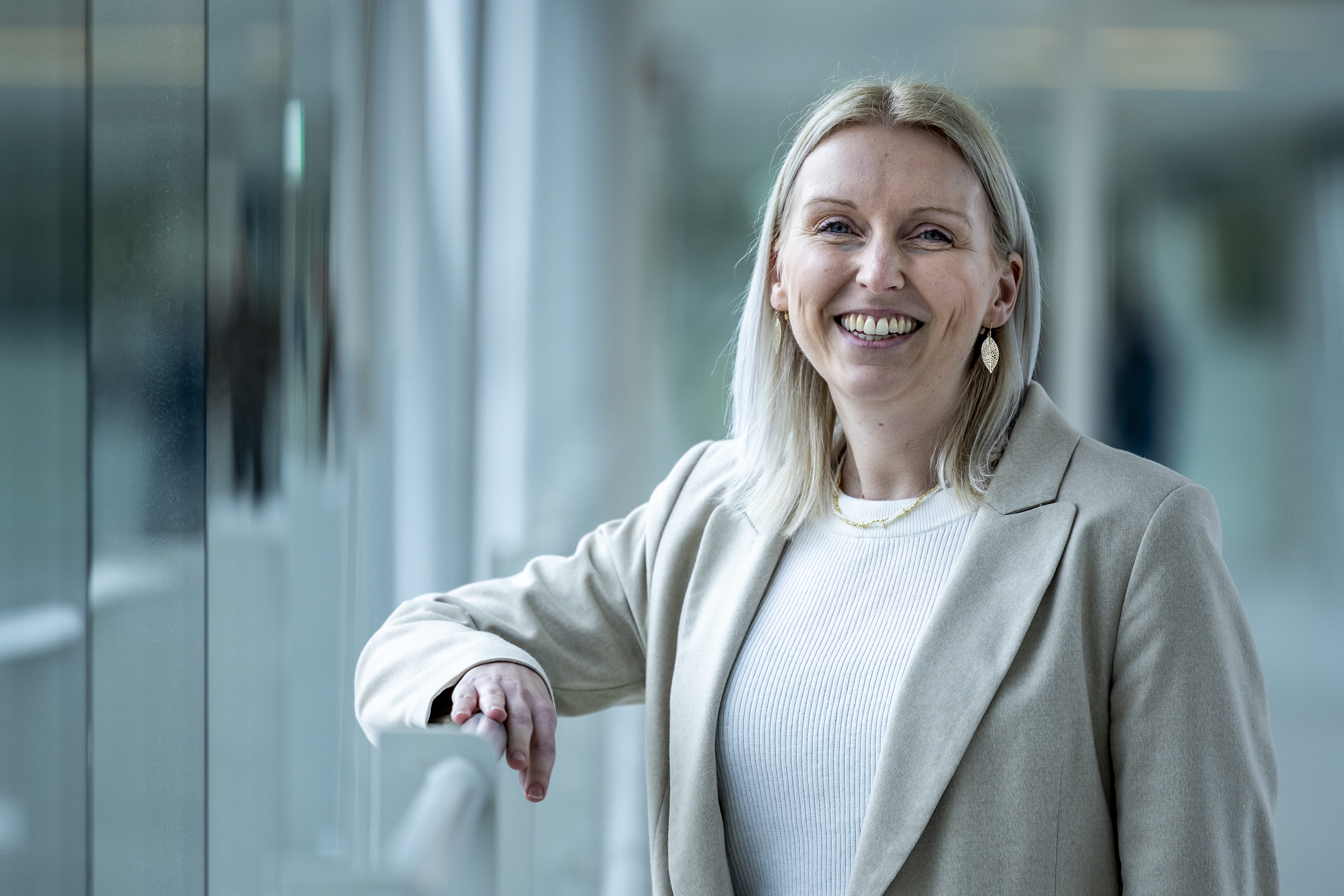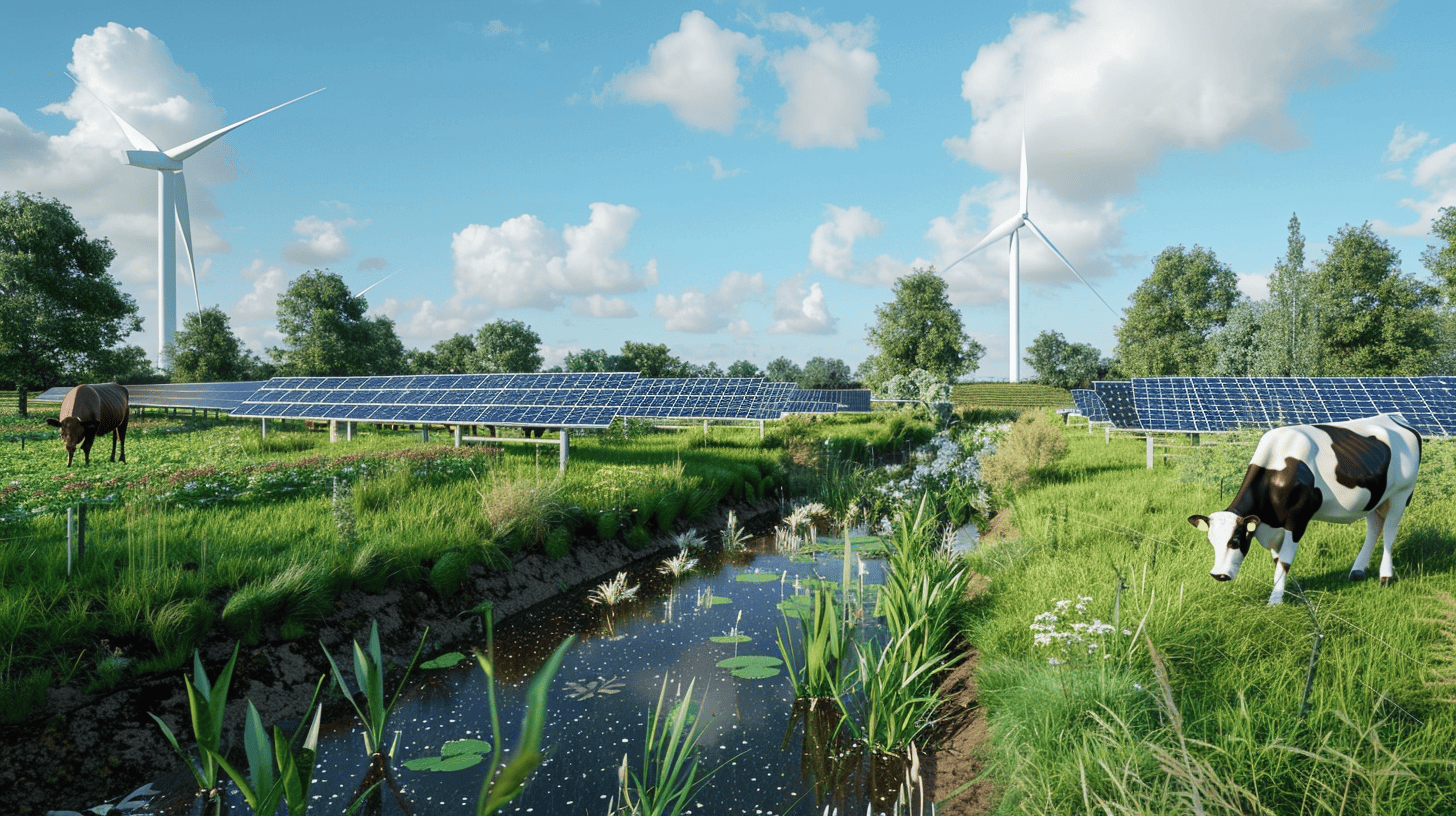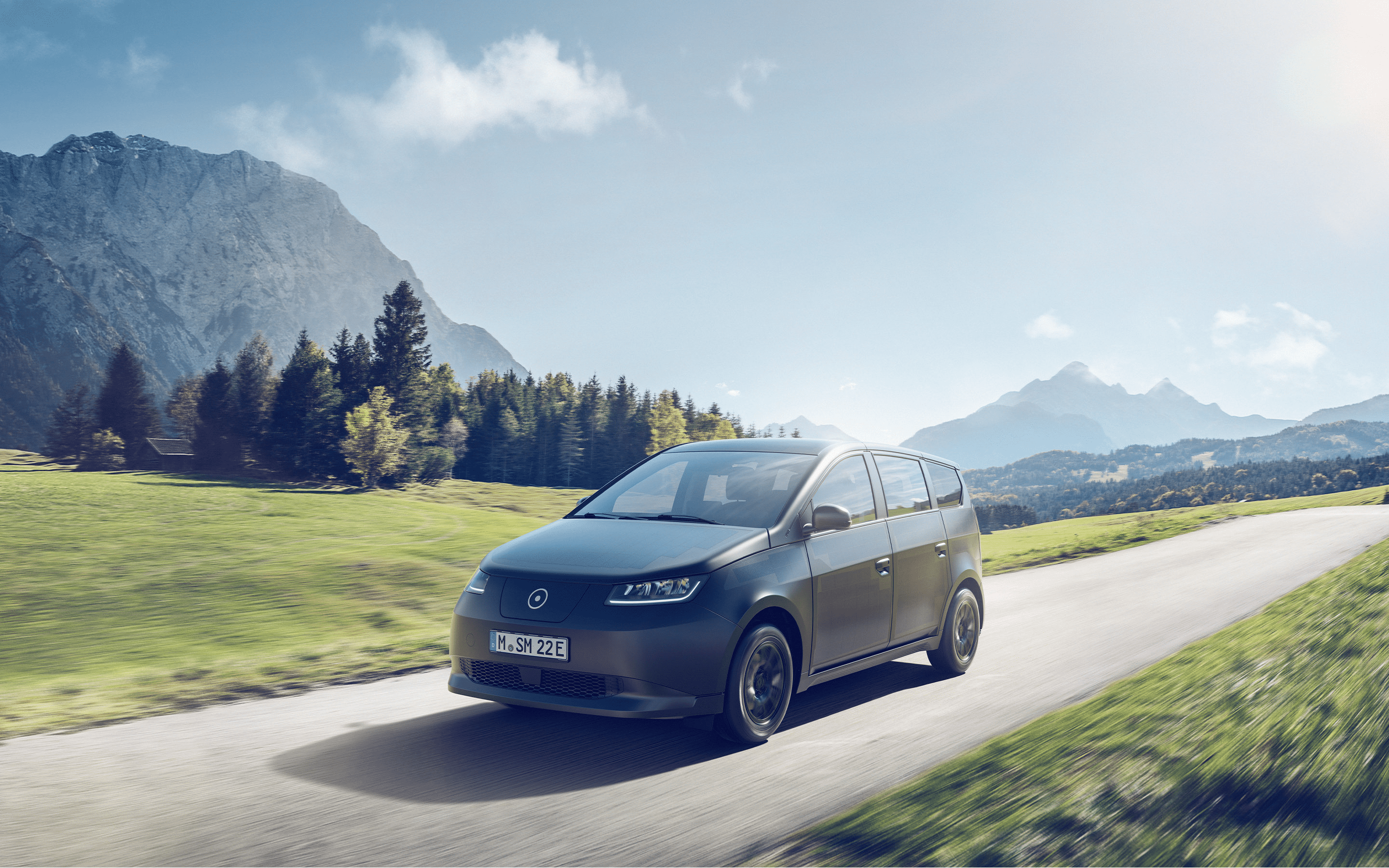
In an exhibition hall located just outside of Amsterdam, a black car is the center of attention of everyone. Visitors take pictures, scrutinize every little detail, sit in the driver’s seat and make themselves comfortable for an imaginary journey. It is not a car like a lot of others, it has solar panels embedded in its body. Each visitor is finally getting to see the car in real life, each one excited and curious about it, after waiting for years to feel, touch, or simply lay eyes on it.
Just like any other member of the exhibition staff, Jona Christians is wearing a black hoodie. A couple of visitors approach him to interrogate him about the vehicle. As he answers all the pair’s inquisitive questions, he reveals that he himself is the co-founder of Sono Motors. Surprised by the answer, the pair compliments him on the work accomplished and immediately asks – and then poses – for a selfie with Christians.
Saving Sion
Sono Motors has been working for ten years on a solar-powered car with an affordable price tag of €30,000 – the Sion. Over 21,000 people have already made a reservation, but they might never get to drive one. The company is lacking funds to start the production process. On 8 December, it launched a fifty days-long #savesion campaign. The target is to raise €100 million to be able to move onto the pre-production stage, then hopes to attract more private capital. If the company fails to reach this sum, the project Sion will be shut down. The focus would then be on the other company’s business line, solar modules for integration into vehicles. This would mean laying off seventy percent of the employees.
On 26 December, Sono announced that it had received over a thousand full deposits for the car. If they do not reach their goal by the end of these fifty days, they may decide to extend it for another forty more days. Sono Motors plans to ramp up vehicle production in 2024 – hoping to complete the campaign successfully and secure other funding.
Sono is touring Europe in orde to show the car to those who have already reserved one and those who might be interested in ordering one. Zaandam, the Netherlands, was one of the checkpoints.
A marathon
Christians is on a mission to save the car he’s been working on for the past ten years. Sono’s CEO listens to every bit of feedback from the visitors who get to have a good look at it, from extra room for legs to new colors. He – and the whole team – are putting all their energies into running the last miles of a ten-year-long marathon. “We have reached he 37th kilometer, the finish line is close,” he says.
Despite the concerns, Sono’s co-founder stresses the many messages of support that the company receives every day. Seeing the enthusiasm of people in real life is a greater boost for him. “It’s motivating, these are the reason why we can’t give up. You feel the pressure on your shoulders, but then seeing the people’s excitement about our project pushes us forward,” he states with a sense of pride.
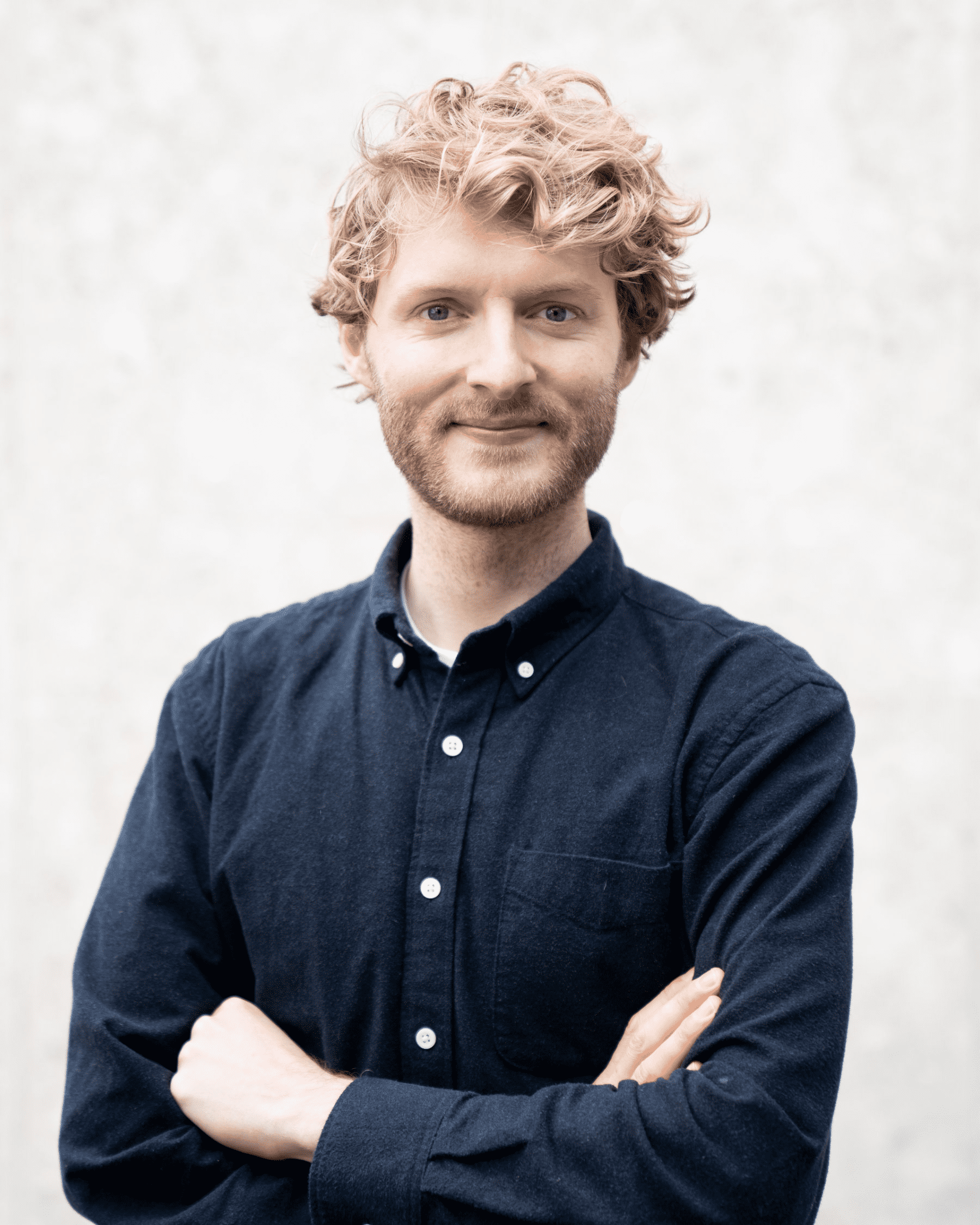
Jona Christians
Co-founder at Sono Motors
In 2016, he founded Sono Motors together with Laurin Hahn and Navina Pernsteiner. His main areas of expertise lie in product and innovation strategy.
‘Black box’
The Sion is not meant to be a fancy car. Somebody in the exhibition hall called it a “black box”. “Make it dark blue,” one of the early holders of a reservation suggests. The car aims to be practical, and is targeted at commuters and families. It does not have the sexy design lines of an executive car – nor the horsepower. Instead it aims to be the car for picking up kids from school, loading the 650-liter-sized trunk with their sports bags, and then after doing some groceries, picking the kids up again all sweaty. “A practical car,” as its maker defines it.
Sono claims the car can drive up to 305 kilometers on a single charge – depending on the driving style. The car body features 456 solar cells, integrated into the roof, bonnet, and sides. On a weekly basis, the cells can guarantee an average of 112 kilometers – with a peak of 245 km per week.
In addition, Sion’s battery works as a mobile power bank, thanks to its bidirectional charging technology. Users can set the discharge as they like from the car’s dashboard, and decide how much kWh can be used from the battery. What’s more, Sono designed a home wall station, which means that the car can be charged with the electricity from the house or vice versa. Drivers can also share their car, some electricity, or a ride through the car’s mobile app. Not to mention that the mobile app for smartphones also replaces conventional keys.
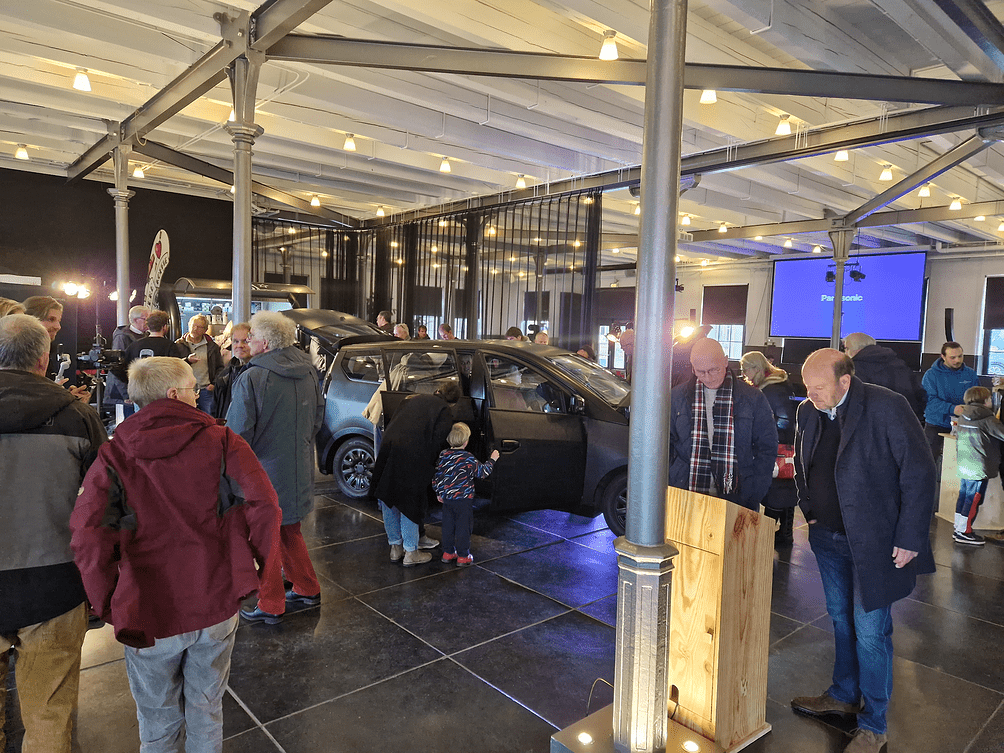
Essential
The interior of the car features the essentials – in other words, it is “practical” – just like the exterior. Sion’s cockpit has been kept minimal, with recycled plastic elements and a screen where you can browse through infotainment services – including real-time tracking of the solar yield from each cell of the car. Below the screen, a removable module with green Icelandic moss protrudes above the black compartment. Apart from being a design choice, it purifies the inside of the car.
Another indoor hall is where the designated test-driving space is located. When you switch from parking mode to driving mode, the car is ready to go. It feels comfortable to drive. Acceleration is not its best feature, nor is its top speed – 140k km/h. Those are not the most important factors for a family car, whereas drivability certainly is. Sion gives the impression of being a stable car, which does not need too much pressure on the brake pedal to come to a stop.

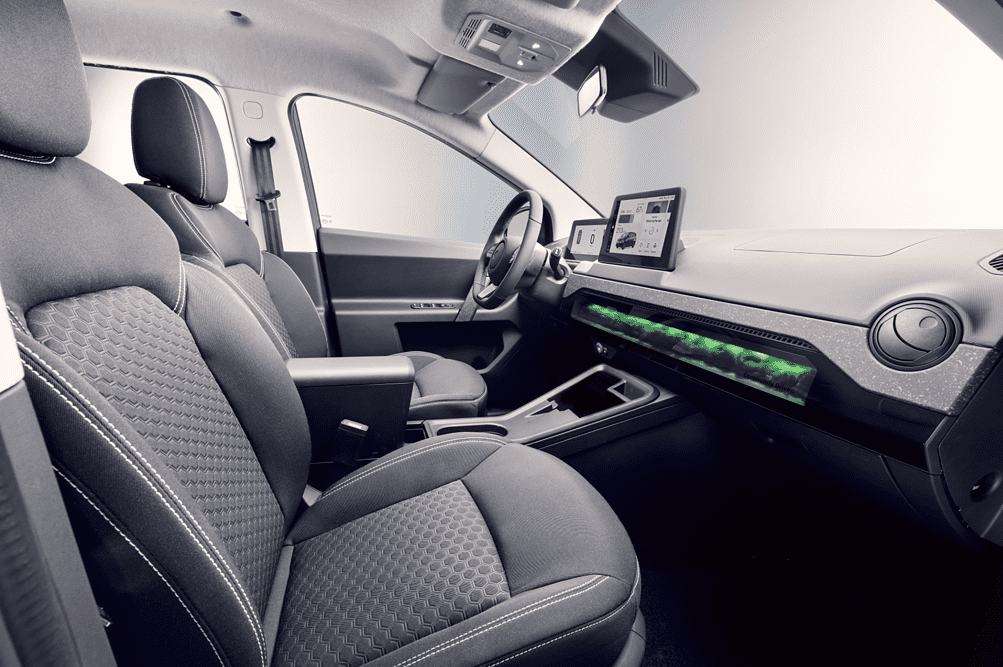
Mistakes
The car can be driven, it is here. But it may never get to pick up kids from school. In the history of Sono Motors, it is not the first time that this project has been on the brink of collapse.
In 2019, the company went through a very similar patch. Back then, they launched a comparable campaign to raise fifty million euro in fifty days – three-quarters of the amount came from holders of reservations for the car. “Failing now would hurt a lot more because we’ve experienced that it is possible to build on our concept,” the co-founder stresses. Sono Motors does not conceal its lack of success in attracting private investment. Despite being listed on the Nasdaq stock exchange and producing the first eighteen prototypes, no private investor – at this stage – has decided to pour hundreds of millions into the company to kick-start production.
According to Christians, underestimating the complexity behind the production of a car is the biggest mistake his company has made. “The more you delve into it, the more things tend to pop up. What’s more, we have always operated on a fine line where financing is concerned, we never had billions of euros in cash reserves. As we say in Germany: we always ‘operated with a hot needle’ [a German idiom for coming up with makeshift solutions, red].”
However difficult, Christians believes that the mission can be successfully completed. Sono recently raised thirty million dollar from US investors. Attracting investment is “doable”, but for now, the choice was made to ask for support from the community.
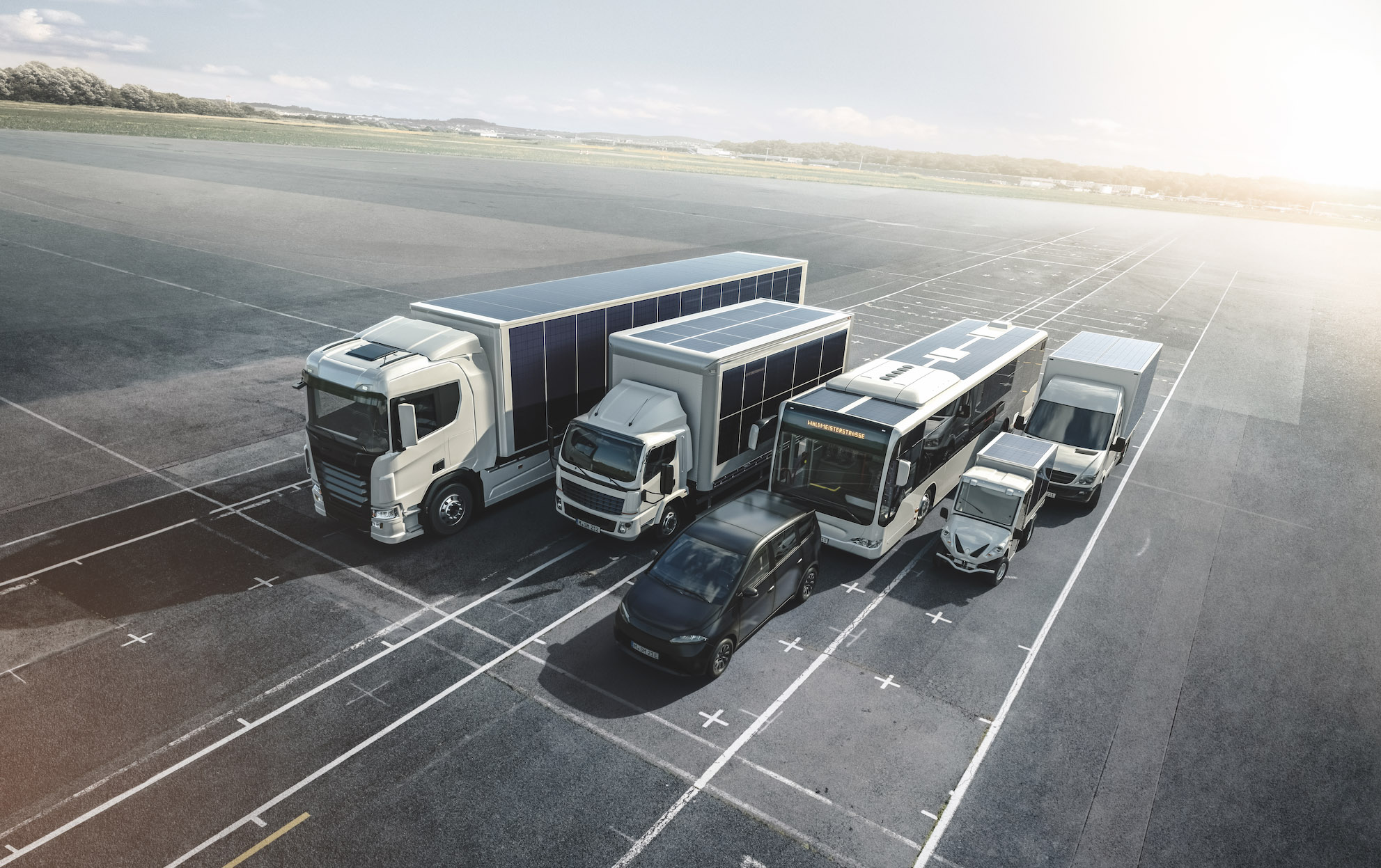
Power to the community
The fifty-day campaign is aimed at attracting new reservations for the car and asking current holders of reservations to increase their deposits. The payment methods of users, however, will only be debited after successful completion of the campaign. A Sion car can only be ordered by European customers. Sono recently showcased its car in the United States, which piqued the interest of a lot of people. “I wish we could have done this much earlier,” Christians says with some regret. Bringing the car into production is the goal, expansion overseas will come after that.
Sono’s community played a crucial role throughout the development process. From voting on the color of Zion to having a say in other decisions, members have had their voices heard – while they have also been the very ones who actually kept and may very well keep the company going.
“The potential that holders of reservations have is huge. With more than 21,000 reservations, we have more than €400 million in commitments,” Christians points out. Therefore, relying on these reservations was, for them, the most logical thing to do.
Hope
Rejections, successes, and low points have all been part of Sono Motors’ journey. They all form part of every start-up’s adventure. Christians knows this and wants to keep his hopes up. “Living in Germany and getting funding for the company in Munich has been a privilege. We came from nothing, and we could still achieve something. That’s what keeps me motivated and feeling hopeful to show the world that this was all worth something,” he says in conclusion.
In the main picture: the Sono Sion driving in the Alps



